Beyond Promises and Greenwashing
A big portion of our global travel relies on air travel, and without my flight ticket the opportunity to spend time in the field in the last couple of months, discovering impactful grassroots projects and sharing community experiences with the world, would obviously not be possible.
Although my guilt has been diminished by the length of the stay and the number of stories collected, the size of the carbon footprint generated is still hanging heavily over my head.
A recent news story I have just come across, though, has shone a slightly different light on the matter, making me wonder if, as an industry, we might already have everything we need to face most of the problems we generate, and if we might just need to gather our knowledge in a different way and to different purposes.
The tourism group TUI and the Spanish energy company CESPA have signed a collaboration to promote the production and supply of sustainable aviation fuel (SAF) that will make it possible to reduce aircraft emissions by up to 80% compared to conventional kerosene.
The innovation is to use circular raw materials that do not compete with food resources, such as used cooking oils, non-food animal waste or biodegradable waste from various industries.
We believe that beyond easy promises and tempting greenwashing practices what we need, as an industry, is actions based on informed decisions supported by the latest science and continued technological research.
Perhaps the way to go is to work closely and regularly with science, to continue receiving input and direction on where to move our investment and direct our vision. The answers are already there, disassembled perhaps, but ready to be implemented.
As inspiring sustainable and impactful travel providers, it is part of our duty to investigate what other options are available on the ground, dealing in a direct or indirect way, with the pink elephant in the room.
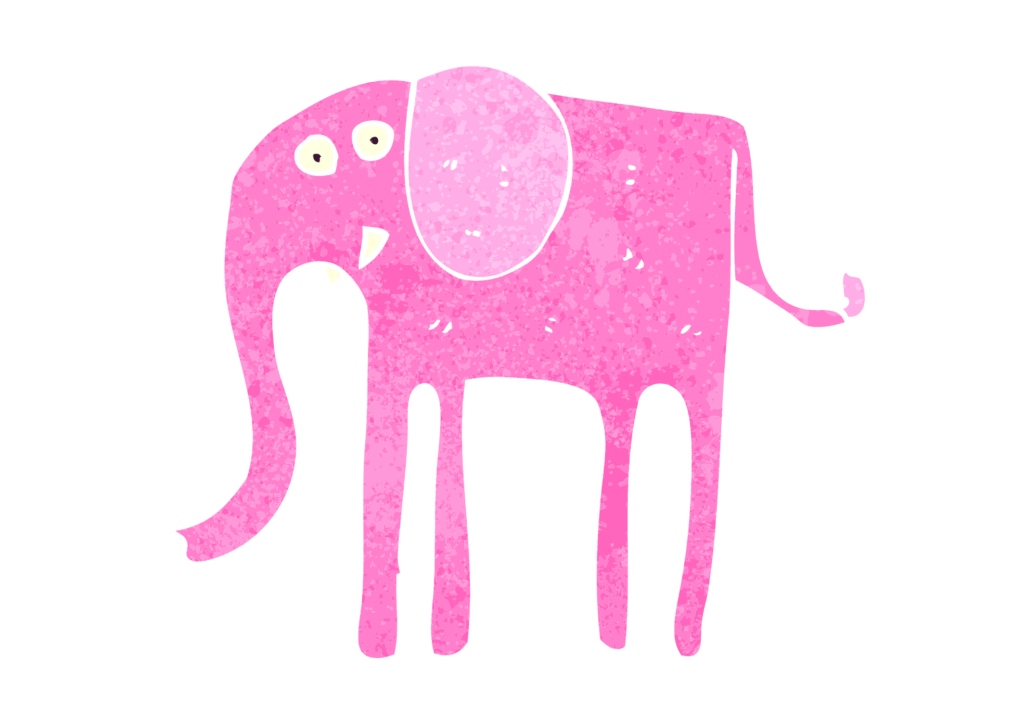
Making the Elephant Sustainable
In the last couple of months, I have seen many elephants in the wild, and I can tell that their presence is perceived as bulky, no matter how expansive the size of their surroundings.
This has nothing to do with their actual size, and more to do with their behavioural signs left after their passage through. An elephant is an elephant and, although aviation can be considered the industry’s main ‘elephant’, its behaviour can also be a propeller for innovation, if changes are welcomed and incorporated.
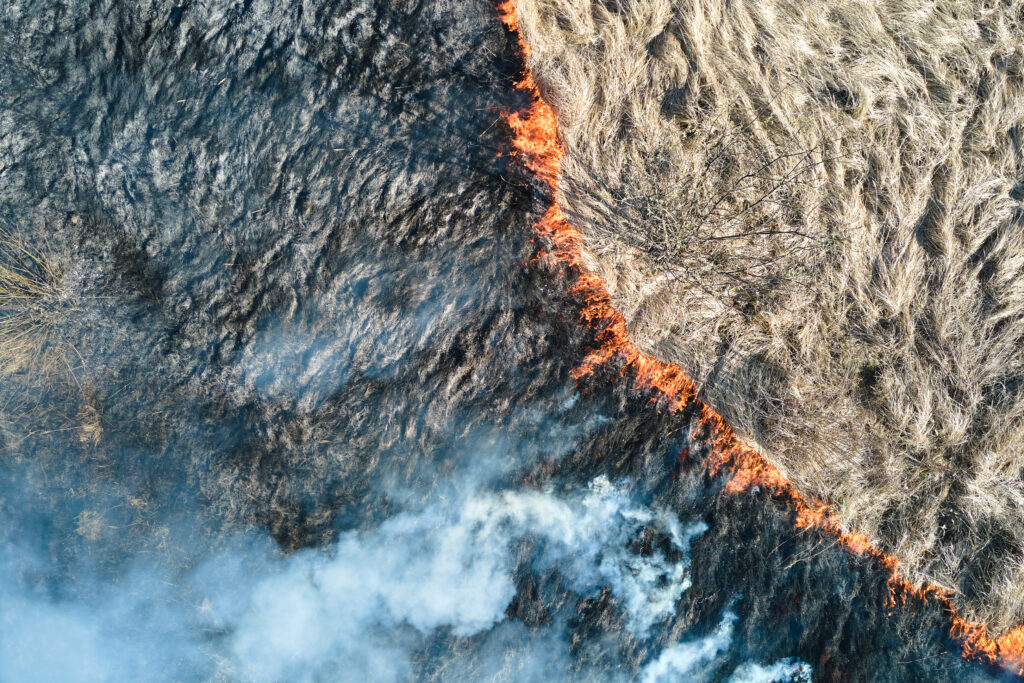
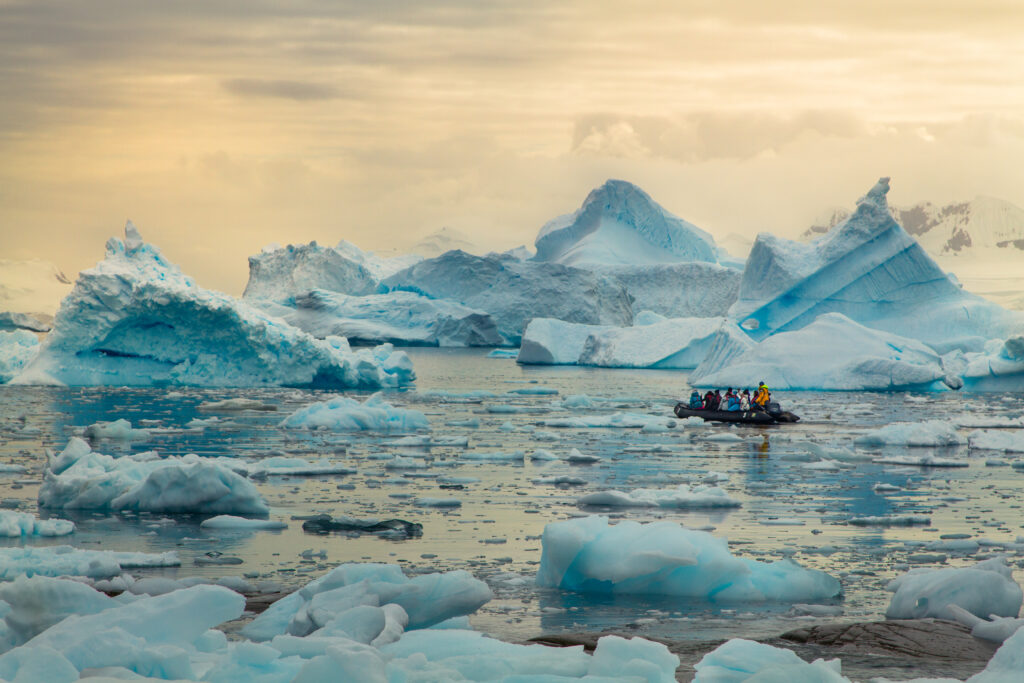
According to the EESI – Environmental and Energy Study Institute, aviation accounts for around 2.5% of global CO2 emissions and it contributes 3.5% to the world’s climate warming problem, but more alarmingly, the projection says that by 2050, commercial aircraft emissions could triple.
We welcome, with a hopeful spirit, the recent declaration by EasyJet to create a roadmap to move to zero carbon emission technology, where by 2035 the emissions will be curbed by 35% per passenger kilometre, as reported by The Guardian last September. The company decision to change, and more precisely to stop, their offsetting practice was well received because it shows that they are moving in a different direction.
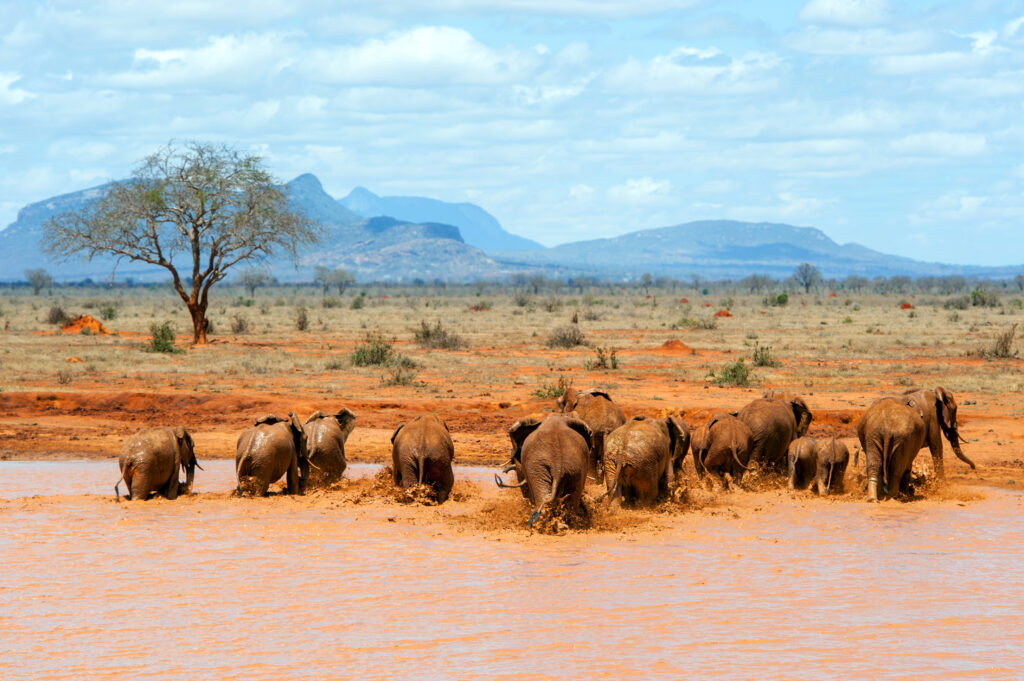
Offsetting is not enough, and in any case, it cannot work on its own, not only for the dubious practices of the supposed projects linked to the system, but also for the limited impacts that it can guarantee when done in isolation. We need a general behavioural change in aviation as well.
Moreover, we know that when we look at hydrogen as the solution to the impact that aviation has on climate change, we need to be aware of the different ‘colours’ that are available. Green hydrogen – which is the hydrogen completely powered by clean energies, rather than by fossil fuels – should be our final destination.
However, we should face the short-term future with a realistic attitude and assume that we might need to look at using blue hydrogen, but merely for the transition period. In the transition from blue to green, we hope that the elephant will become less pink in colour and more well behaved.
Words by Elisa Spampinato

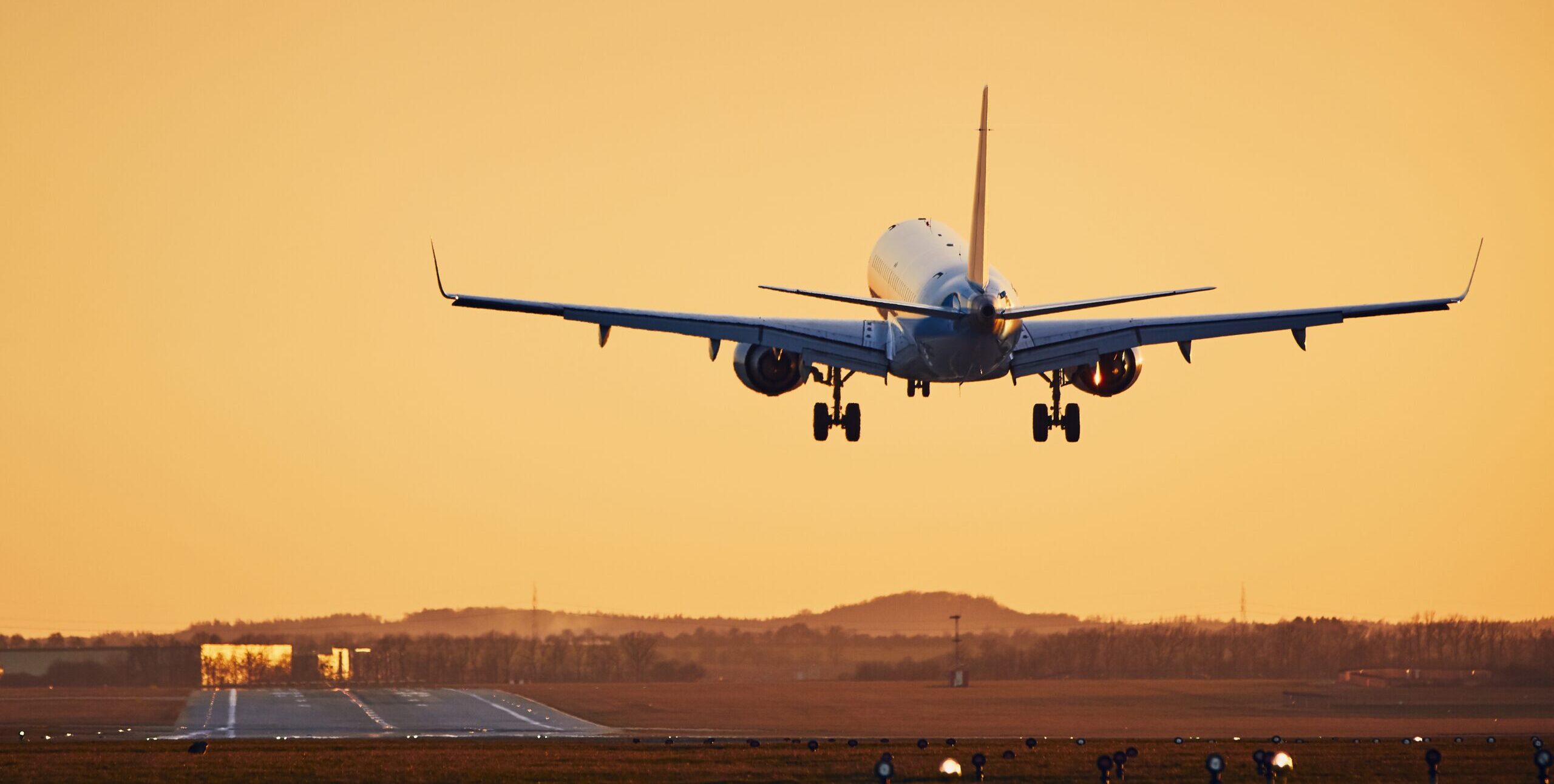
Recent Posts
Categories